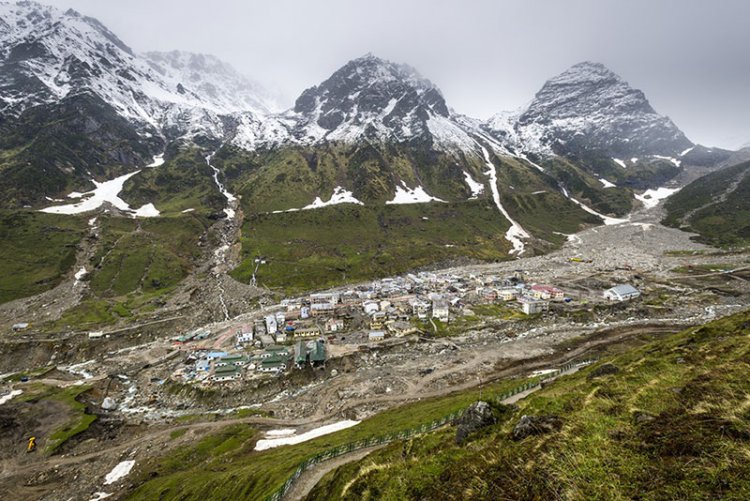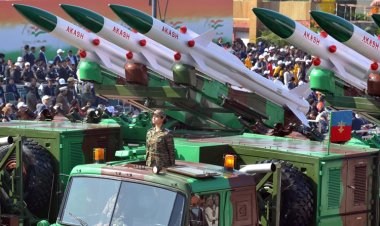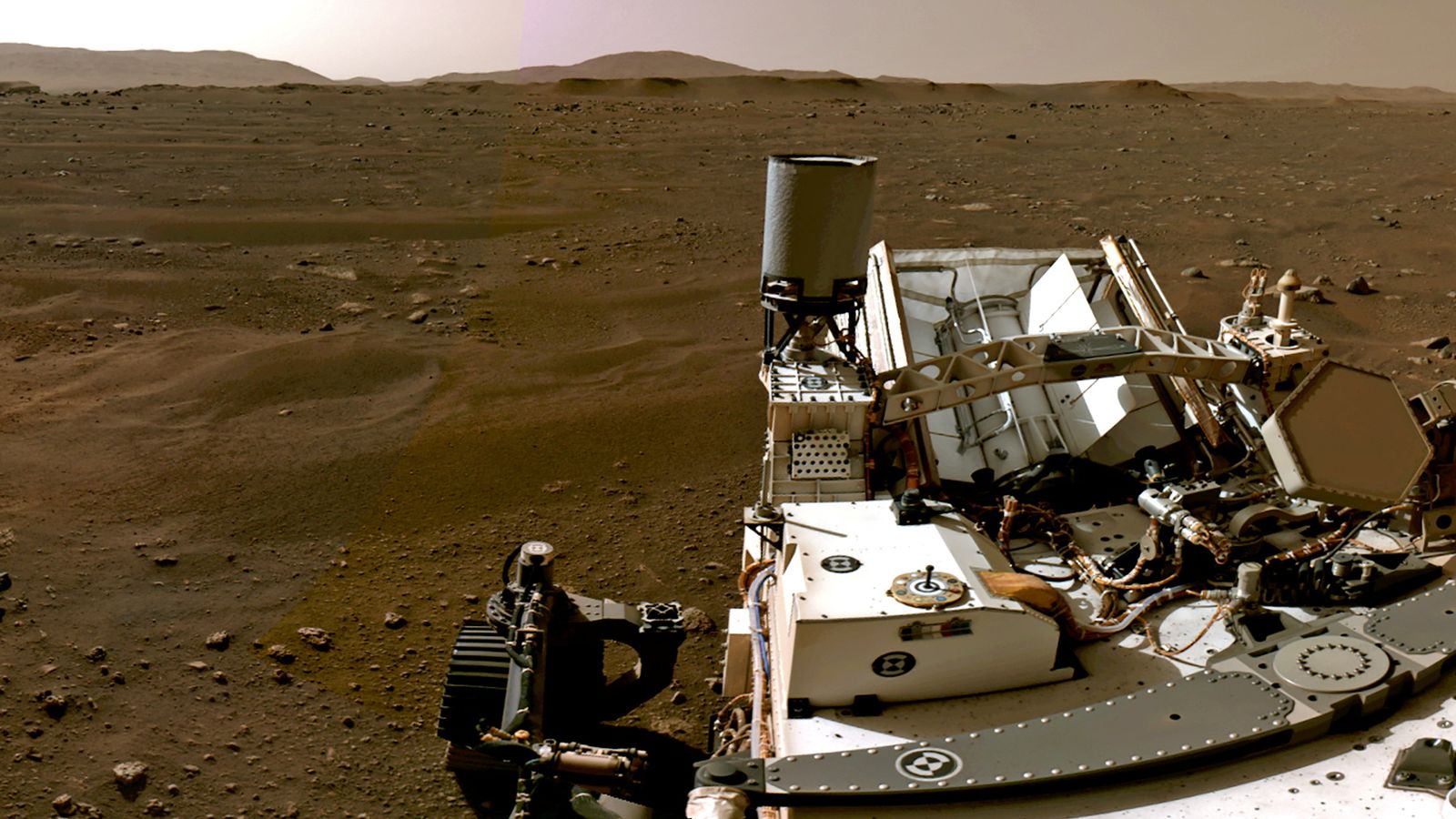Himalayan crisis due to climate change: Melting of glaciers threatens food security of northern India
The Himalayas are experiencing severe impacts from climate change, with rising temperatures and increased human activity accelerating glacier melt.

The Himalayas are experiencing severe impacts from climate change, with rising temperatures and increased human activity accelerating glacier melt. This will likely dry up rivers within 30 years, threatening food security in northern India even sooner.
Smriti Basnett, a glaciologist from Sikkim, India, explains that the melting snow is due to the heating of rocks under thin ice during summers. Perennial rivers from the Himalayas may start to dry up within 30 to 40 years, exacerbating the crisis.
Research from ISRO, the Indian School of Business, and Yale Environment 360 supports the demand from over 60 social organizations for the Himalayas to be granted "Living Entity" status, providing it with legal rights and protections to address the urgent environmental crisis.
Prakash Bhandari from the NGO Himdhara highlights that climate change and poor developmental practices have caused increasing Himalayan disasters, such as landslides and floods. The 2013 Uttarakhand flood disaster and other recent tragedies underscore these challenges.
Anjal Prakash from the Indian School of Business notes that receding glaciers will increase water flow variability and endanger sustainable water use in densely populated basins. Activists are concerned about the lack of snowfall and rain over the past decade, with record high temperatures this summer.
The Yale Environment 360 article indicates that Himalayan glaciers have shrunk by 40% since the Little Ice Age, melting at the fastest rate of any mountainous region globally. Soumya Dutta, an expert on climate justice, warns that the drying up of over 200 rivulets and a significant reduction in glacier areas will have dire consequences for Indian states reliant on Himalayan water.
The northern food bowl states—Punjab, Haryana, UP, and West Bengal—will face reduced foodgrain production, causing food insecurity. These states contribute significantly to India's total foodgrain production, which is crucial globally as India is a major cereal exporter. The reduction in snowfall and rainfall will decrease crop yields, affecting irrigation and leading to acute water shortages.
Hill states like J&K and HP, known for apple production, have already seen declining yields due to insufficient snowfall. Bhagya Sidholi, an apple grower from HP, reports lower yields this year due to ongoing unfavorable weather conditions.
Prakash adds that receding glaciers will also affect groundwater recharge, vital for rural and urban water supplies in the Himalayan region. He emphasizes the need for better water management practices.
Dutta suggests changing cropping patterns, sustainable agriculture practices, and improving water management through initiatives like the Jal Jeevan Mission. Balancing modern and traditional farming methods is crucial to ensure food security for India's growing population.






















